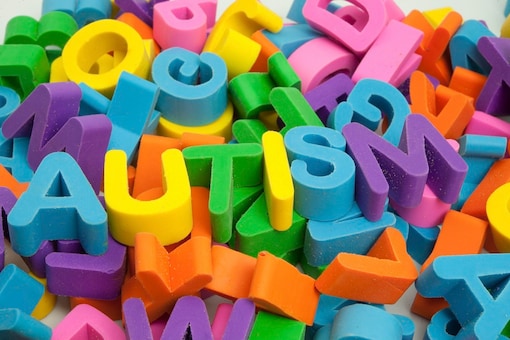WHO Addresses Infertility

World Health Organization is now calling upon countries to improve access to affordable and high-quality fertility care in a bid to reduce cases of infertility.
According to the health agency’s new report, about one in six people around the world are affected by infertility during their lifetime.
WHO further says about 17.5 percent of the adult population experience infertility, with little variation in the prevalence of infertility between different parts of the world.
Lifetime prevalence was 17.8 percent in high-income countries and 16.5 percent in low- and middle-income countries.
“The report reveals an important truth – infertility does not discriminate,” Dr. Tedros Adhanom Ghebreyesus, the WHO’s director-general said in a statement.
WHO defines Infertility as a disease of the male or female reproductive system, established by the failure to achieve a pregnancy after 12 months or more of trying.
Infertility in females may be caused by:
Tubal disorders such as blocked fallopian tubes caused by untreated sexually transmitted infections (STIs) or complications of unsafe abortion.
Uterine disorders could be inflammatory (such as endometriosis), congenital (such as the septate uterus), or benign (such as fibroids);
Disorders of the ovaries, such as polycystic ovarian syndrome and other follicular disorders.
Disorders of the endocrine system causing imbalances of reproductive hormones.
In the male reproductive system, infertility may be caused by:
Obstruction of the reproductive tract causing dysfunctional ties in the ejection of semen.
Hormonal disorders leading to abnormalities in hormones produced by the pituitary gland, hypothalamus, and testicles.
Testicular failure to produce sperm, for example, due to varicoceles or medical treatments that impair sperm-producing cells (such as chemotherapy).
Abnormal sperm function and quality. Conditions or situations that cause abnormal shape (morphology) and movement (motility) of the sperm negatively affect fertility.
WHO now says it is committed to addressing infertility and fertility care by:
Collaborating with partners to conduct global epidemiological and etiological research into infertility.
Engaging and facilitating policy dialogue with countries worldwide to frame infertility within an enabling legal and policy environment.
Supporting the generation of data on the burden of infertility to inform resource allocation and provision of services.
Developing guidelines on the prevention, diagnosis, and treatment of male and female infertility, as part of the global norms and standards of quality care related to fertility care.
Continually revising and updating other normative products, including the WHO laboratory manual for the examination and processing of human semen.
Collaborating with relevant stakeholders including academic centers, ministries of health, other UN organizations, non-state actors (NSAs), and other partners to strengthen political commitment, availability, and health system capacity to deliver fertility care globally.
Providing country-level technical support to member states to develop or strengthen the implementation of national fertility policies and services.
Tags: Who Tedros Adhanom Ghebreyesus Infertility
Related
Share this article
Experienced and versatile writer, dedicated to using my exceptional writing and editing skills to inform and advocate. My work focuses on educating and entertaining readers on a range of topics, with a particular expertise in matters of disability.
View articles

